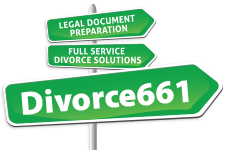Santa Clarita Divorce | Serving Petition By Certified Mail
We are a full service divorce paralegal firm specializing in divorce and serving Santa Clarita. Our full service Santa Clarita Divorce paralegal service takes care of your entire divorce from start to finish. Our Santa Clarita divorce paralegal service is flat-fee based so you don’t have to worry about hourly fees and high costs.
In this video we discuss the different ways of serving divorce papers. Specifically we discuss the manner in which you can serve divorce papers by certified mail. Serving Petition by certified mail comes with some rules so make sure to watch the video to see if you can serve the divorce petition by certified mail.
Watch the short video below to learn more about Santa Clarita Divorce | Serving Petition By Certified Mail
Santa Clarita Divorce | Serving Petition By Certified Mail
We are a full service divorce paralegal firm specializing in divorce and serving Santa Clarita. Our full service Santa Clarita Divorce paralegal service takes care of your entire divorce from start to finish. Our Santa Clarita divorce paralegal service is flat-fee based so you don’t have to worry about hourly fees and high costs.
In this video we discuss the different ways of serving divorce papers. Specifically we discuss the manner in which you can serve divorce papers by certified mail. Serving Petition by certified mail comes with some rules so make sure to watch the video to see if you can serve the divorce petition by certified mail.
Watch the short video below to learn more about Santa Clarita Divorce | Serving Petition By Certified Mail
